Eating healthy in college is hard. Between the unhealthy options at the dining hall and late night pizza runs, making sure your plate matches the USDA’s healthy eating guidelines is nearly impossible. Eating fresh food requires cooking and planning. The biggest problem with doing this in a dorm room is that the food often goes bad quickly and most of us don’t have full kitchens. Sticking with highly processed foods is an easy way for college kids to feed themselves cheaply and efficiently. But students often forget one of their biggest resources in the fight to eat healthier: their freezer.
Frozen foods are often given a bad rap. Students associate their freezer with foods like ice cream, pizza, and mac and cheese; however, there is much more to the frozen food aisle than processed junk foods. In fact, frozen fruits and vegetables are often better quality than their fresh counter parts because they are frozen at their peak ripeness and nutrient levels. Also, frozen fruit is cheaper than fresh fruit and lasts forever.
1. Berries
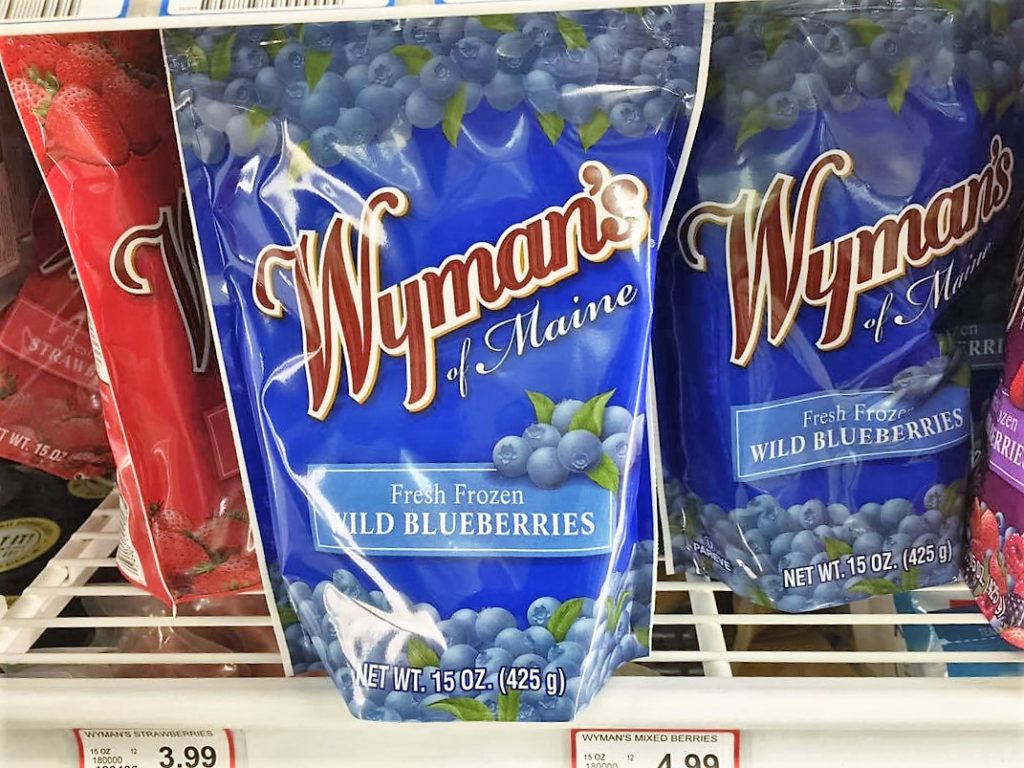
Photo by Katherine Jenks
Berries are one of nature’s super foods. High in fiber but low in sugar, berries are ideal for an afternoon snack, as a breakfast topper or in a smoothie. Although fresh berries are prohibitively expensive, frozen berries are affordable enough for college students to eat regularly.
2. Spinach
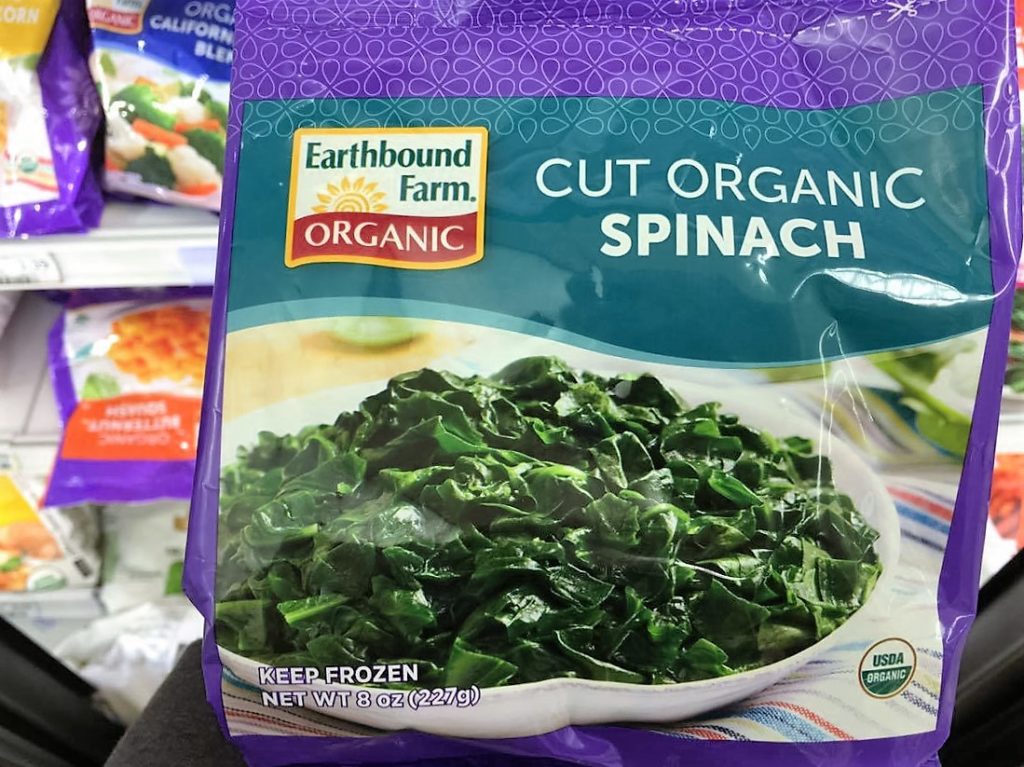
Photo by Katherine Jenks
Spinach is loaded with nutrients including B-vitamins, iron, and vitamin K. Spinach has a mild flavor and is an ideal nutrient booster for soups, ramen, and pizza. Just add a sprinkle of spinach to your next meal to increase the iron, fiber and protein content. Looking to eat more vegetables? Try this spinach smoothie bowl for breakfast!
3. Green Beans
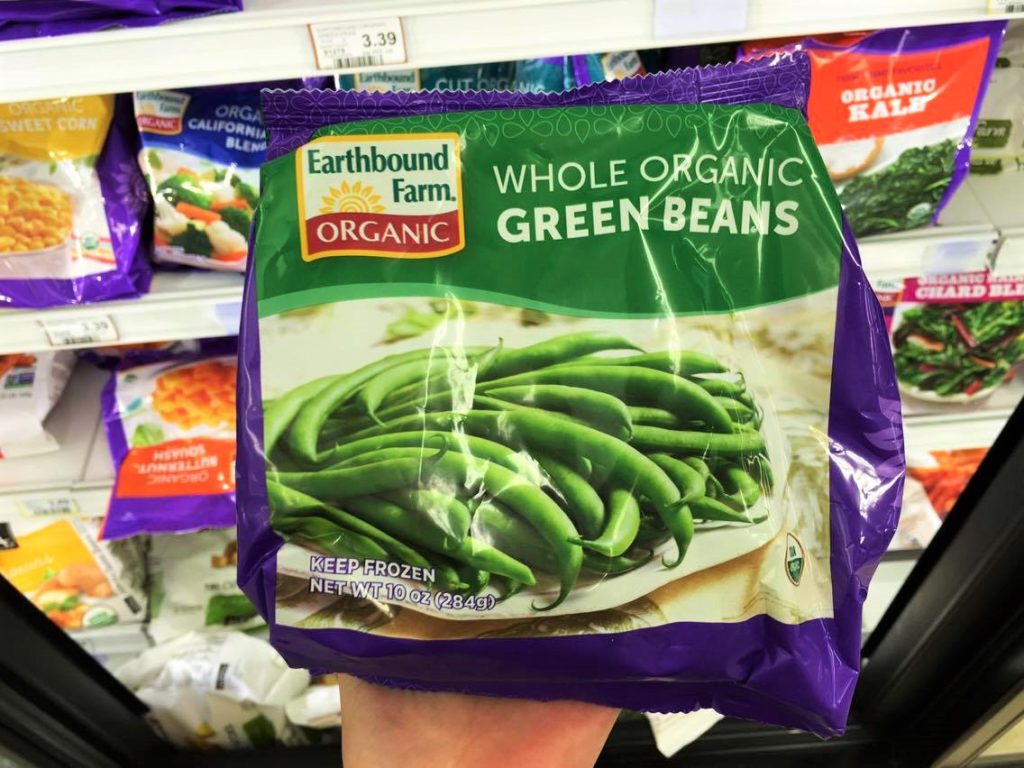
Photo by Katherine Jenks
Frozen green beans are a great food to have on hand. They can be used in place of a chip or a carrot with your favorite hummus dip. They’re east to heat up in the microwave and can be eaten on their own as a nutritious snack.
4. Whole Grain Bread
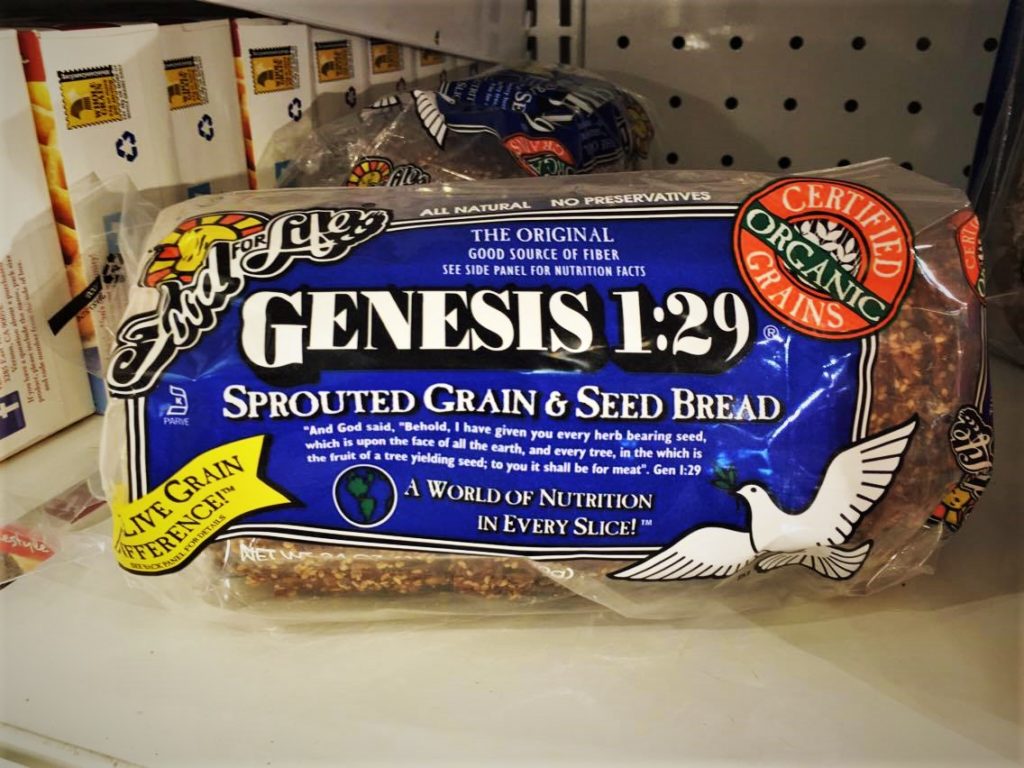
Photo by Katherine Jenks
Whole grain bread is the ideal “good carb.” With high amounts of fiber and protein, its a great addition to any meal. Make a loaf last by keeping it in the freezer and thawing out one piece at a time as you need it. Top with avocado, peanut butter, or yogurt and you have a protein packed meal or snack. Check out this article for more information on the health benefits of whole grain and sprouted grain breads.
5. Fruit Bars
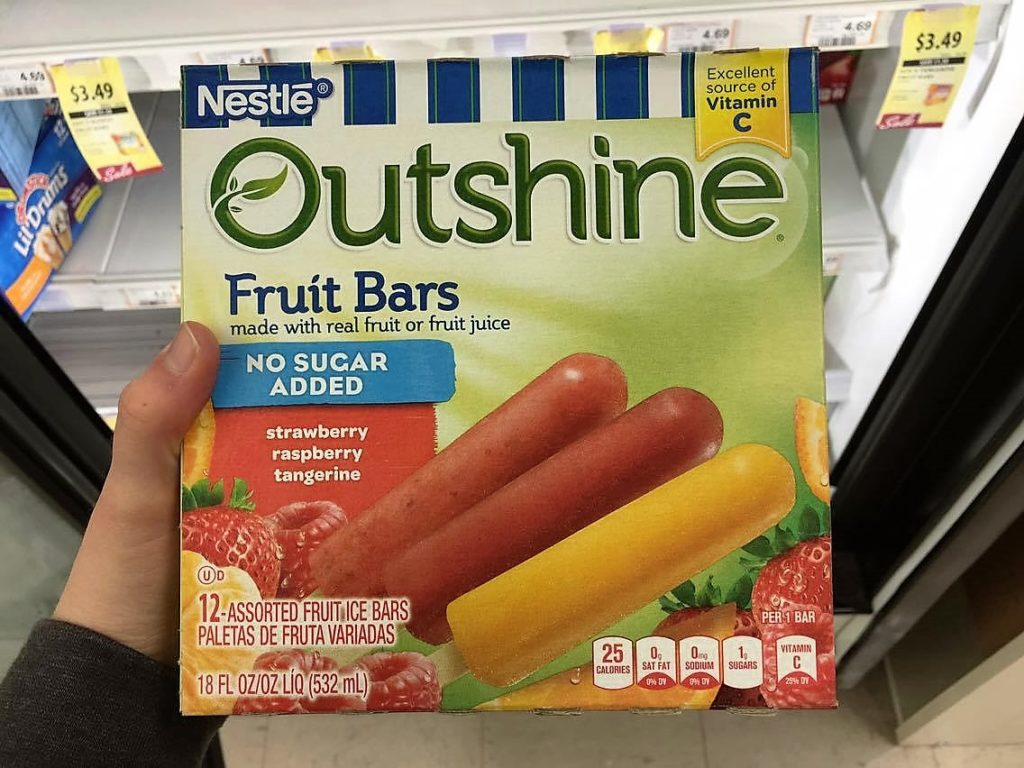
Photo by Katherine Jenks
Sometimes you just need something sweet. Frozen fruit bars are a great alternative to ice cream and other frozen desserts because they are low in calories and sugar. Just make sure to choose the kind that says “no added sugar.”
6. Stir Fry Vegetables
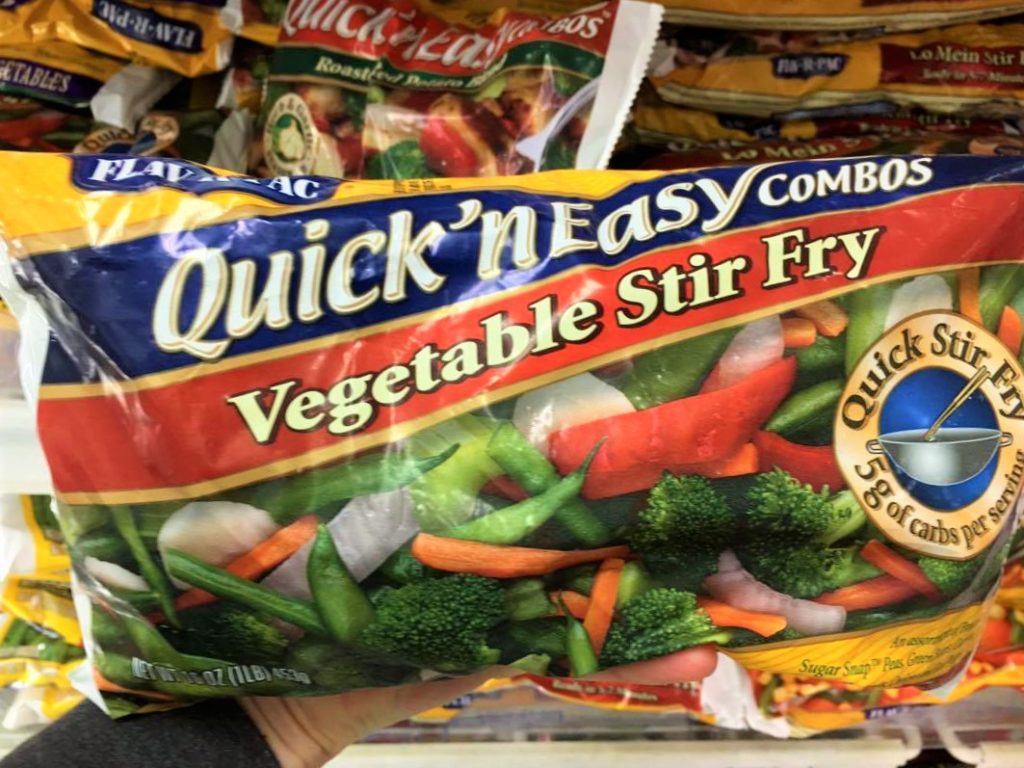
Photo by Katherine Jenks
Stir fry veggies are one of the easiest ways to add a variety of nutrition to your meals. They are conveniently cut and packaged so that all you need to do is heat them. Add them to chicken, tofu, shrimp, or beef with any sauce, and you have the perfect school night dinner.
7. Smoothie Mix
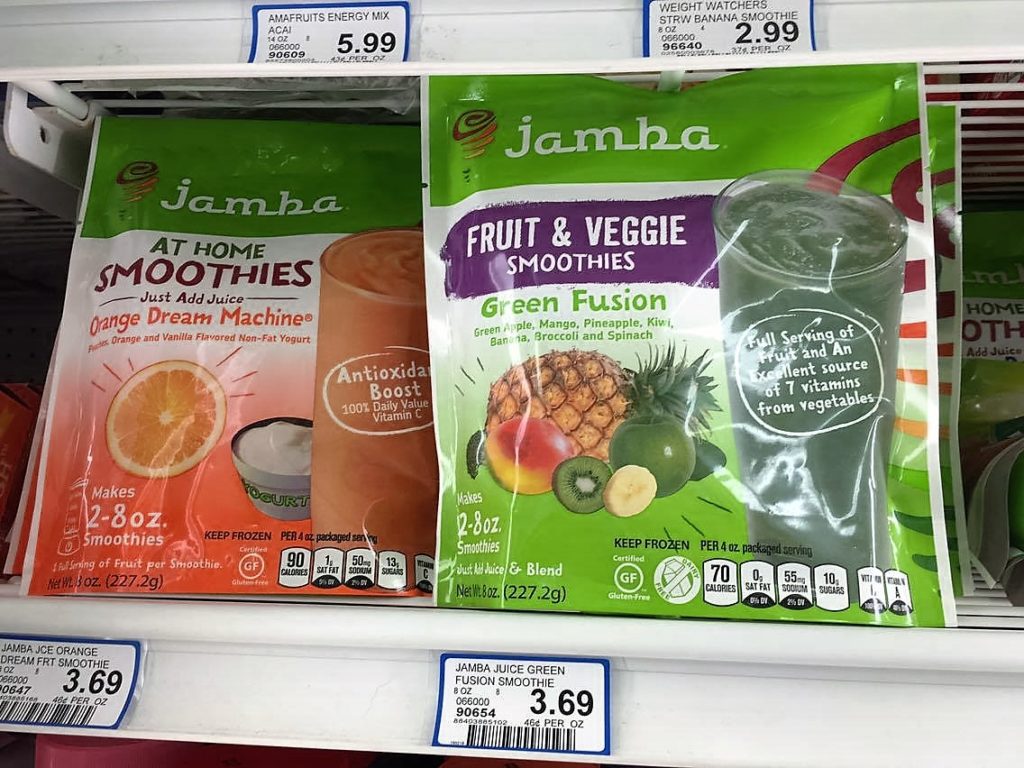
Photo by Katherine Jenks
Although you could gather all of the ingredients for a smoothie yourself, buying a prepackaged, pre-measured smoothie is a lot cheaper and much more efficient. Be aware that some packages will contain added sugar that you might want to avoid.
8. Kefir
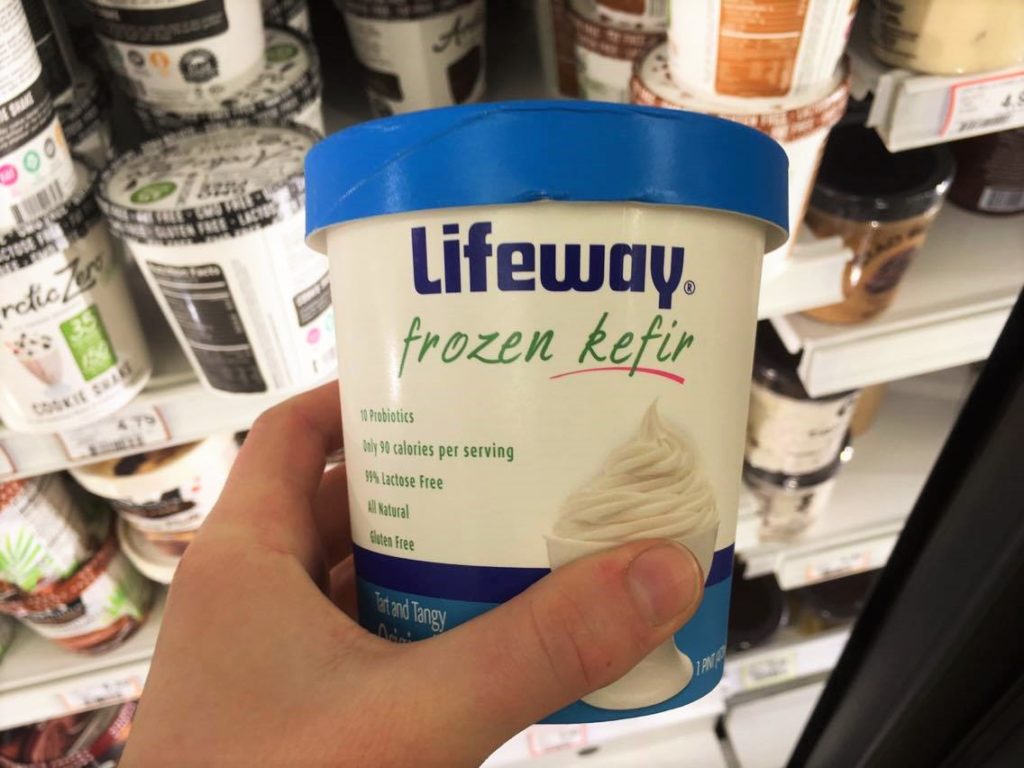
Photo by Katherine Jenks
Kefir is one of the trendiest health foods out there at the moment. Similar to yogurt, but higher in probiotics, kefir will keep your digestive system in top condition. Add some berries or nut butter and you’re set for a tasty meal. Here are ten more ways to eat frozen treats for breakfast.
9. Waffles
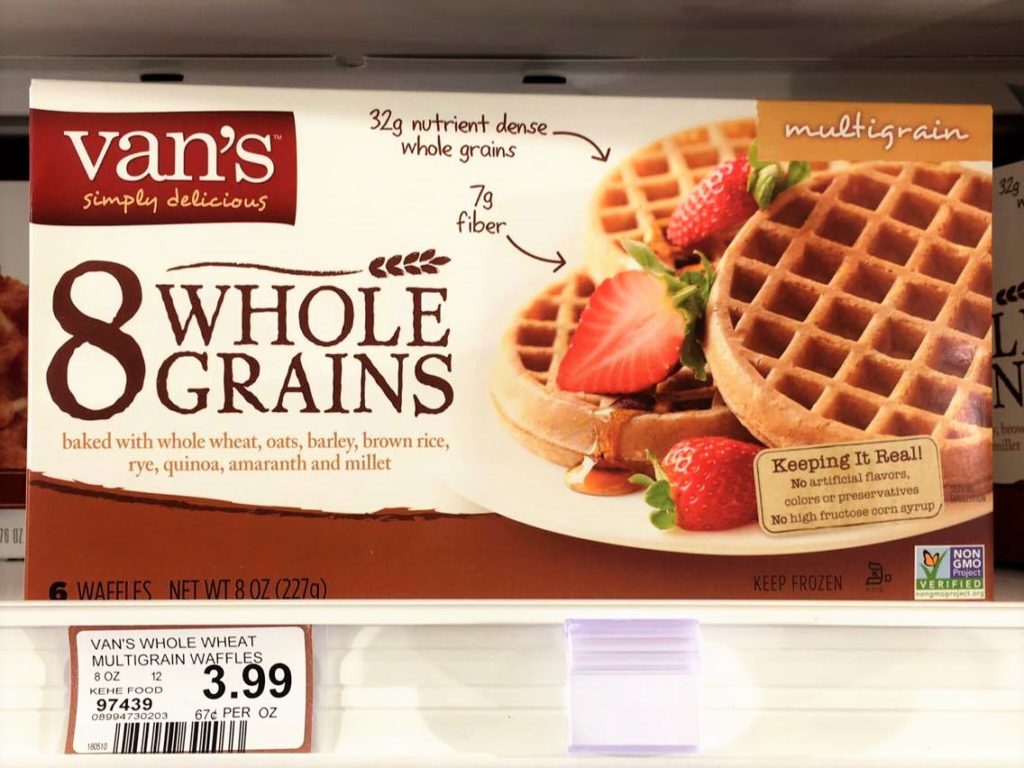
Photo by Katherine Jenks
Waffles are perfect for both breakfast and dessert. Multigrain waffles have 7 grams of fiber and only 2 grams of sugar per serving. Adding yogurt and berries on top creates a balanced breakfast. Add some nutella or chocolate to make a delicious dessert.
Frozen foods are an underrated solution to every obstacle standing in the way of eating healthy in college. The low cost and long lasting lifespan of frozen foods, should have every college student visiting the frozen food aisle at their local grocery store.


